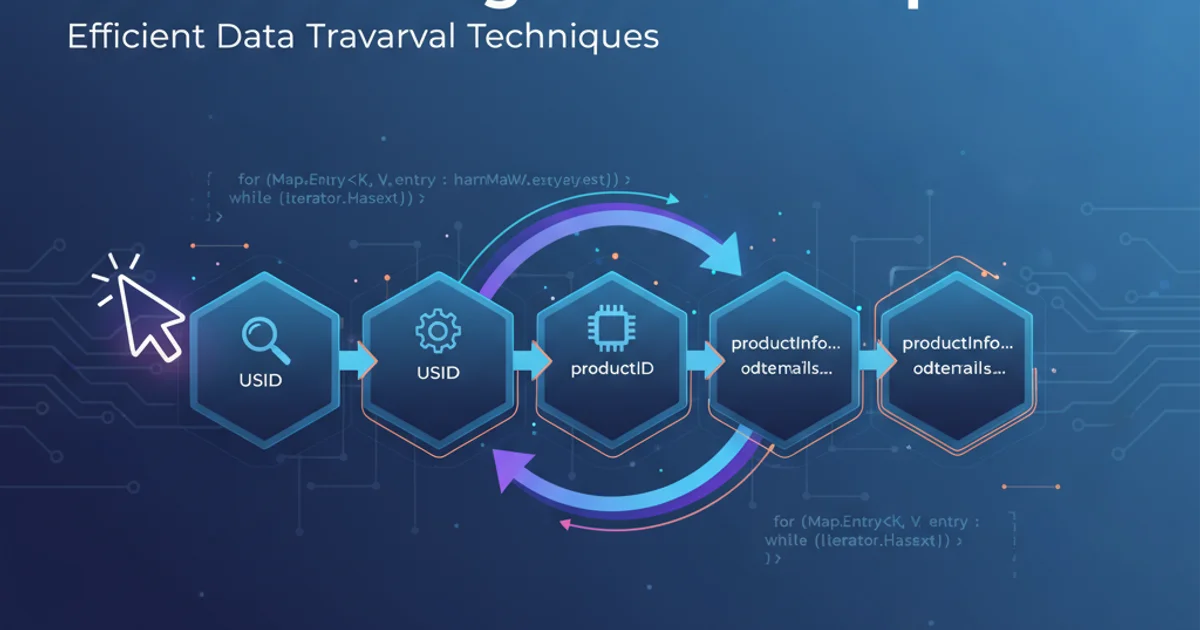Which Python memory profiler is recommended?
Categories:
Choosing the Right Python Memory Profiler for Performance Optimization

Explore the best Python memory profilers, understand their strengths and weaknesses, and learn how to effectively diagnose and resolve memory-related performance issues in your applications.
Memory leaks and inefficient memory usage can significantly degrade the performance of Python applications, leading to slow execution, increased resource consumption, and even crashes. Identifying the root cause of these issues requires specialized tools: memory profilers. This article delves into the most recommended Python memory profilers, guiding you through their features, use cases, and how to integrate them into your development workflow to build more efficient and robust applications.
Understanding Python Memory Profiling
Before diving into specific tools, it's crucial to understand what memory profiling entails. Memory profiling is the process of analyzing how an application uses memory during its execution. This includes tracking object allocations, deallocations, and identifying where memory is being held unnecessarily. Python's dynamic nature and garbage collection can sometimes make memory issues elusive, making profilers indispensable.
flowchart TD
A[Start Application] --> B{Memory Usage Monitoring}
B --> C{Identify High Memory Consumption}
C --> D{Run Memory Profiler}
D --> E{"Analyze Profiler Output (e.g., `memory_profiler`, `Pympler`)"}
E --> F{Pinpoint Memory Leaks/Inefficiencies}
F --> G[Optimize Code]
G --> H[Retest and Verify]
H --> I[End]Typical workflow for identifying and resolving Python memory issues
Top Python Memory Profilers
Several excellent tools are available for Python memory profiling, each with its own approach and strengths. The choice often depends on the specific problem you're trying to solve and your application's environment.
memory_profiler: Line-by-Line Analysis
The memory_profiler library is a popular choice for its ability to provide a line-by-line analysis of memory consumption. It's particularly useful for pinpointing exactly which lines of code are allocating the most memory. It works by monitoring the memory usage of your process and attributing changes to specific function calls or lines.
from memory_profiler import profile
@profile
def my_function():
a = [1] * (10 ** 6) # Allocates ~8MB
b = [2] * (2 * 10 ** 6) # Allocates ~16MB
del b
return a
if __name__ == '__main__':
my_function()
Basic usage of memory_profiler with a decorated function
To run this, you would save it as a .py file (e.g., my_script.py) and execute it from the command line using python -m memory_profiler my_script.py. The output will show memory usage per line, making it easy to spot memory-intensive operations.
Pympler: Object-Level Inspection
Pympler offers a suite of tools for in-depth analysis of Python objects. It can track the size of objects, identify memory leaks by comparing snapshots of the heap, and provide detailed statistics on object types and their counts. This is invaluable for understanding the composition of your application's memory footprint.
from pympler import asizeof, muppy, summary
class MyObject:
def __init__(self, data):
self.data = data
objects = []
for i in range(1000):
objects.append(MyObject(list(range(100))))
# Get a summary of all live objects
all_objects = muppy.get_objects()
s = summary.summarize(all_objects)
summary.print_summary(s)
# Get the size of a specific object
print(f"Size of 'objects' list: {asizeof.asizeof(objects)} bytes")
Using Pympler to summarize live objects and measure object size
Pympler is particularly strong when you need to understand what kind of objects are consuming memory, rather than just where memory is being allocated. Its tracker module can also help detect memory leaks by comparing heap snapshots over time.
objgraph: Visualizing Object References
objgraph is a powerful tool for visualizing object references and finding reference cycles that prevent objects from being garbage collected. It can generate graphical representations of your object graph, making it easier to understand complex relationships and identify unintended object retention.
import objgraph
class Node:
def __init__(self, value):
self.value = value
self.next = None
a = Node(1)
b = Node(2)
c = Node(3)
a.next = b
b.next = c
c.next = a # Creates a reference cycle
# Find objects of type 'Node'
objgraph.show_backrefs(objgraph.by_type('Node'), filename='node_backrefs.png')
Using objgraph to visualize backreferences for Node objects
This code will generate an image file (node_backrefs.png) showing how Node objects are referenced. objgraph requires Graphviz to be installed on your system to render the graphs.
Choosing the Right Profiler
The best profiler depends on your specific needs:
- For line-by-line memory usage:
memory_profileris excellent for identifying specific code lines that are memory hogs. - For object-level analysis and leak detection:
Pymplerprovides deep insights into object sizes, counts, and heap differences. - For visualizing object references and cycles:
objgraphis invaluable for understanding complex object relationships and finding uncollectable cycles.
Often, a combination of these tools provides the most comprehensive understanding of your application's memory behavior.
1. Install the Profilers
Use pip to install the necessary profiling libraries: pip install memory_profiler pympler objgraph.
2. Identify Suspect Areas
Start by identifying parts of your application that are known to be memory-intensive or where performance bottlenecks are suspected. This could be based on anecdotal evidence, system monitoring, or initial profiling with simpler tools.
3. Profile Incrementally
Don't try to profile your entire application at once. Focus on specific functions or modules. Use decorators like @profile or context managers to isolate the sections you want to analyze.
4. Analyze and Iterate
Examine the profiler output carefully. Look for unexpected memory growth, large object counts, or reference cycles. Make small, targeted changes to your code, then re-profile to see the impact of your optimizations.